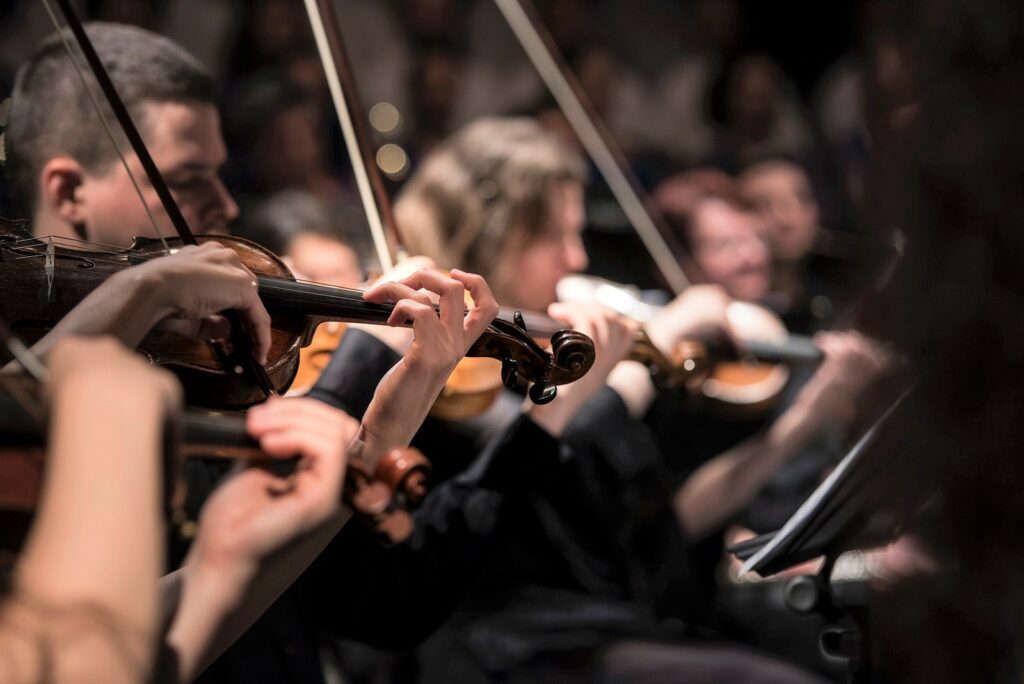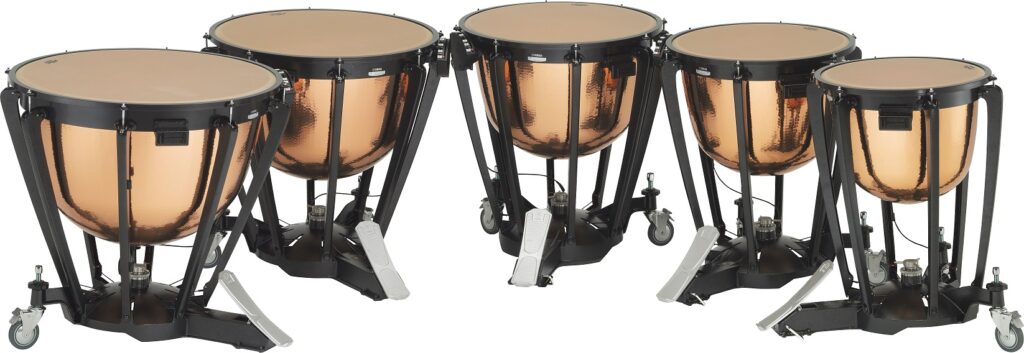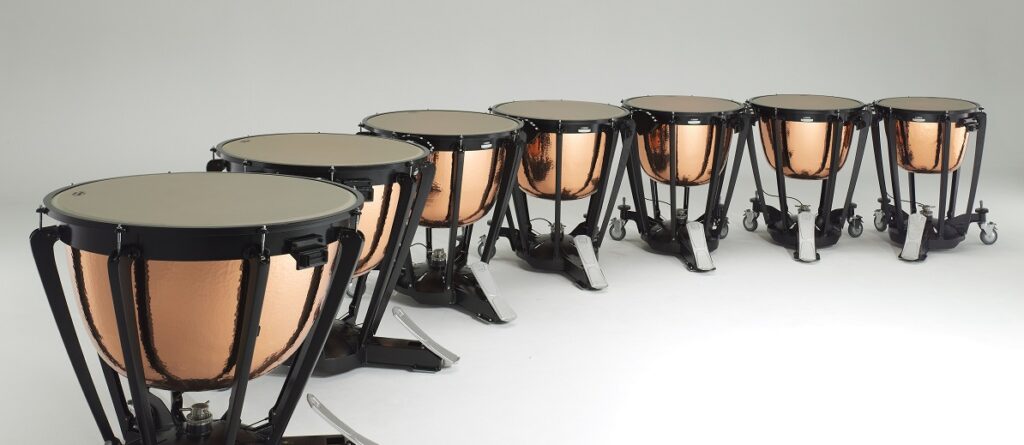Tagged Under:
Pros and Cons for Pickups, Microphones and Electric Strings
When you need to project more sound from your violin, viola or cello, try a pickup, microphone or an electric instrument.
We orchestral string players are used to playing acoustically … until we’re asked to play in a situation where the sound from our instrument isn’t going to project enough or cut through a louder group of instrumentalists.
Add a Pickup to Your Acoustic Instrument
The decision to add a pickup to your beloved instrument can be a difficult one. As classical string players, we aren’t used to modifying our instruments other than adding a mute or using a different bowing technique to increase or decrease volume. But if you are considering installing a pickup, here’s some important information.
Pickups come in a variety of shapes, sizes and technologies. Some are permanent installations that are added to the body and bridge of the instrument, in which case you might want to consider owning a second fiddle (no pun intended!). Some pickups are less permanent, usually requiring a bridge swap, a stick-on or clip-on bridge pickup, or the addition of a jack at the side or under the chinrest to accommodate an output cable. All of these extra parts and pieces take some getting used to, and they can change the feel and weight of your instrument. Permanently installed pickups tend to provide a more reliable output and consistent tone; the less permanent ones may not be quite so good at delivering such consistency, but they do offer a less intrusive option.
Pros:
- Keep playing your acoustic instrument for feel, looks and sound
- Amplifies the genuine acoustic sound of your instrument
Cons:
- Acoustic instrument needs permanent or partial modification
- Output can be inconsistent, especially in nonpermanent installations
- No ability to eliminate the acoustic sound completely
THE YAMAHA EDUCATOR NEWSLETTER: Join to receive a round-up of our latest articles and programs!
Amplify with a Microphone
Microphones are very sophisticated these days and come in a variety of shapes and sizes. The mic can be mounted on a stand positioned near or directly above the musician, or it can be a small clip-on mic mounted on the side of the instrument’s body or directly on the bridge.
Pros:
- Small and portable
- Least invasive option for occasional use
- Continue playing your regular acoustic with no permanent installation
Cons:
- May pick up potential surface noise, e.g. wind or coughing
- If improperly positioned, may result in uneven sound
- Can limit physical movement when playing
- May require additional battery pack or power source
Playing with a microphone can be a quick and convenient way to get through the occasional gig that requires amplification. You may not feel ready to invest in another instrument or to permanently install a pickup (which can provide more reproducible sonic results). It’s also possible that your situation requires you to “look” acoustic. In these circumstances, a microphone will work fine for simple stage use where you don’t need to move around too much.
But what happens when your environment is less controlled or you need freedom of movement?
Play an Electric Stringed Instrument
That’s where electric stringed instruments can provide the best option. There are many different models available. Choosing one that is right for you is much like choosing a traditional acoustic stringed instrument — look, feel, features, price point and ease of playing will all affect your decision. Electric violins, violas and cellos have their own personality, just like acoustic instruments.
Once you have chosen an electric that feels right for you, you’re ready to plug in and play!
Pros:
- Amplifies directly and cleanly — with no surface noise like wind or coughing
- Easy to add effects like reverb or distortion
- Resilient in outdoor environments
- Control volume from your instrument — including muting for quiet tuning, etc.
Cons:
- Different sound than acoustic
- Needs a power source — active (batteries) or passive (amp power)
- Slight adjustment playing a second/different instrument
- Learning curve to optimize sound
One of the biggest advantages of using an electric instrument for amplified playing is that it is designed for exactly this purpose. You can easily make electric stringed instruments wireless, too.
















